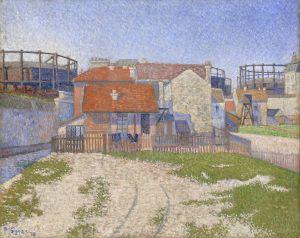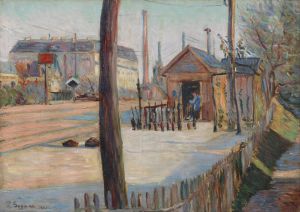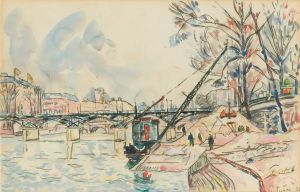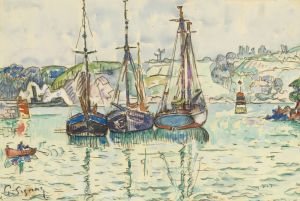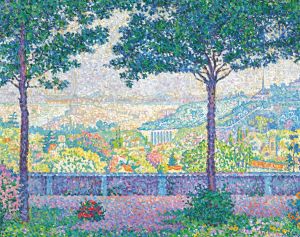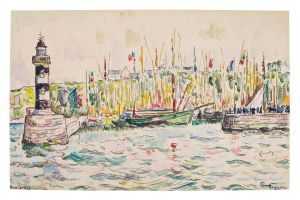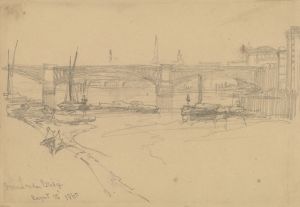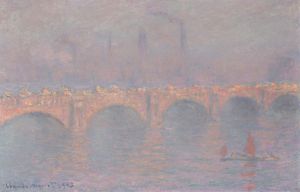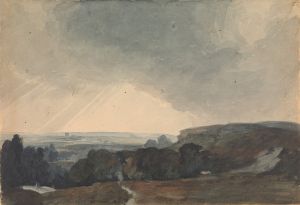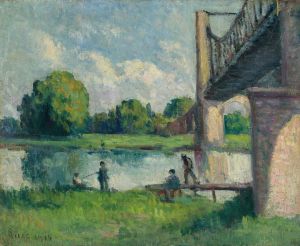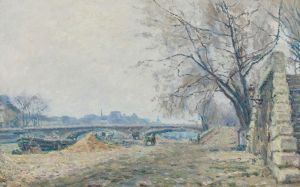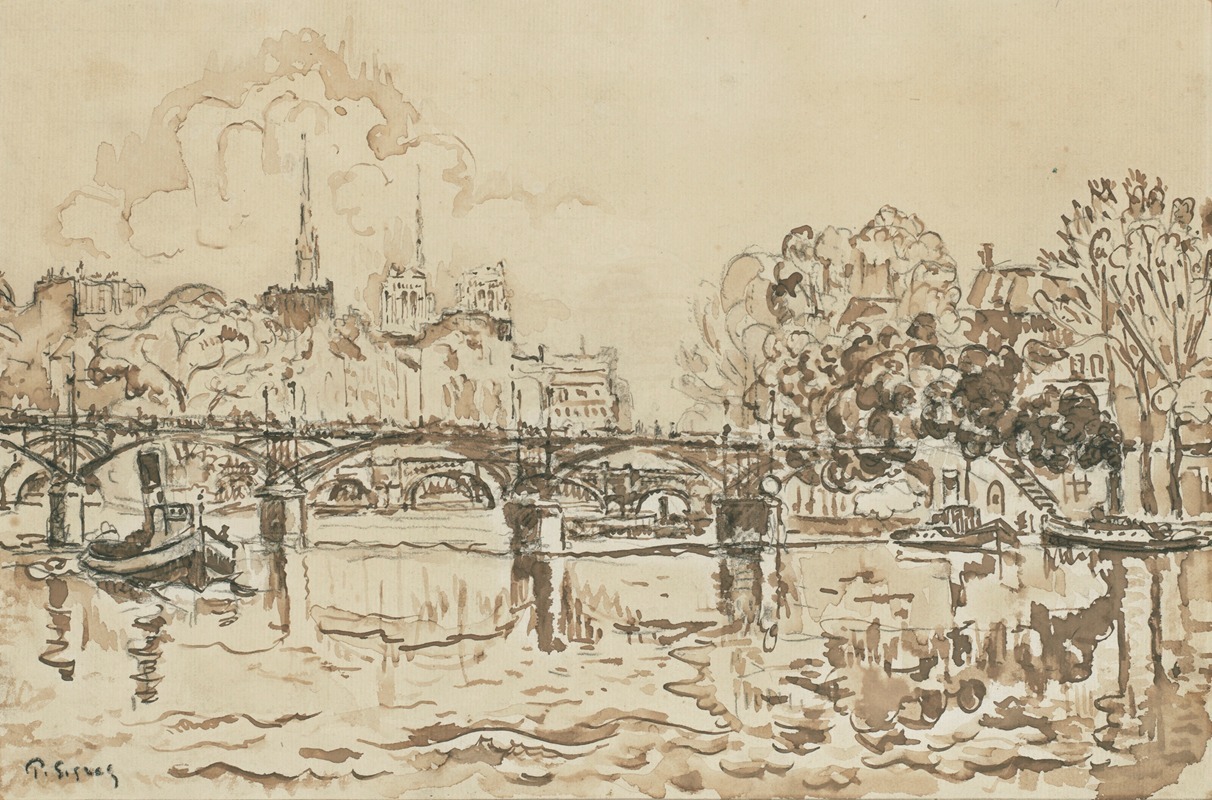
Paris. La passerelle des Arts
A hand-painted replica of Paul Signac’s masterpiece Paris. La passerelle des Arts, meticulously crafted by professional artists to capture the true essence of the original. Each piece is created with museum-quality canvas and rare mineral pigments, carefully painted by experienced artists with delicate brushstrokes and rich, layered colors to perfectly recreate the texture of the original artwork. Unlike machine-printed reproductions, this hand-painted version brings the painting to life, infused with the artist’s emotions and skill in every stroke. Whether for personal collection or home decoration, it instantly elevates the artistic atmosphere of any space.
Paul Signac's painting "Paris. La passerelle des Arts" is a notable work by the French Neo-Impressionist artist, created in 1928. Signac, born in 1863, was a prominent figure in the development of the Pointillist technique, which he pioneered alongside Georges Seurat. This technique involves the application of small, distinct dots of color that are applied in patterns to form an image. Signac's work is characterized by its vibrant use of color and meticulous attention to detail, both of which are evident in "Paris. La passerelle des Arts."
The painting depicts the Pont des Arts, a pedestrian bridge in Paris that spans the River Seine. This bridge, constructed between 1802 and 1804, was the first metal bridge in Paris and has long been a favorite subject for artists due to its elegant design and picturesque location. The bridge connects the Institut de France and the central square of the Palais du Louvre, making it a significant cultural and historical landmark in the city.
In "Paris. La passerelle des Arts," Signac captures the essence of Parisian life and the serene beauty of the Seine. The painting showcases Signac's mastery of color and light, with the river depicted in a range of blues and greens that reflect the sky and surrounding environment. The bridge itself is rendered with precision, its structure highlighted by the play of light and shadow. The scene is populated with figures, adding a sense of movement and life to the composition.
Signac's work is often associated with the ideals of the Neo-Impressionist movement, which sought to bring a scientific approach to the study of color and light in painting. This movement was heavily influenced by contemporary scientific theories about color perception, particularly the work of chemist Michel Eugène Chevreul. Signac and his contemporaries believed that by placing contrasting colors next to each other, they could create a more vibrant and luminous effect than by mixing colors on a palette.
"Paris. La passerelle des Arts" exemplifies these principles, with its careful arrangement of color and meticulous attention to the effects of light. The painting is a testament to Signac's skill as a colorist and his dedication to the Neo-Impressionist technique. It also reflects his love for the city of Paris, which he often depicted in his work.
Throughout his career, Signac was not only a prolific painter but also an influential theorist and writer. His book "From Eugène Delacroix to Neo-Impressionism," published in 1899, articulated the theoretical underpinnings of the Neo-Impressionist movement and had a significant impact on the development of modern art.
Today, "Paris. La passerelle des Arts" is celebrated as a masterpiece of Neo-Impressionism and is held in high regard for its technical brilliance and its evocative portrayal of one of Paris's most iconic landmarks. The painting continues to be studied and admired by art historians and enthusiasts alike, serving as a vivid example of Signac's contribution to the art world and his enduring legacy.







